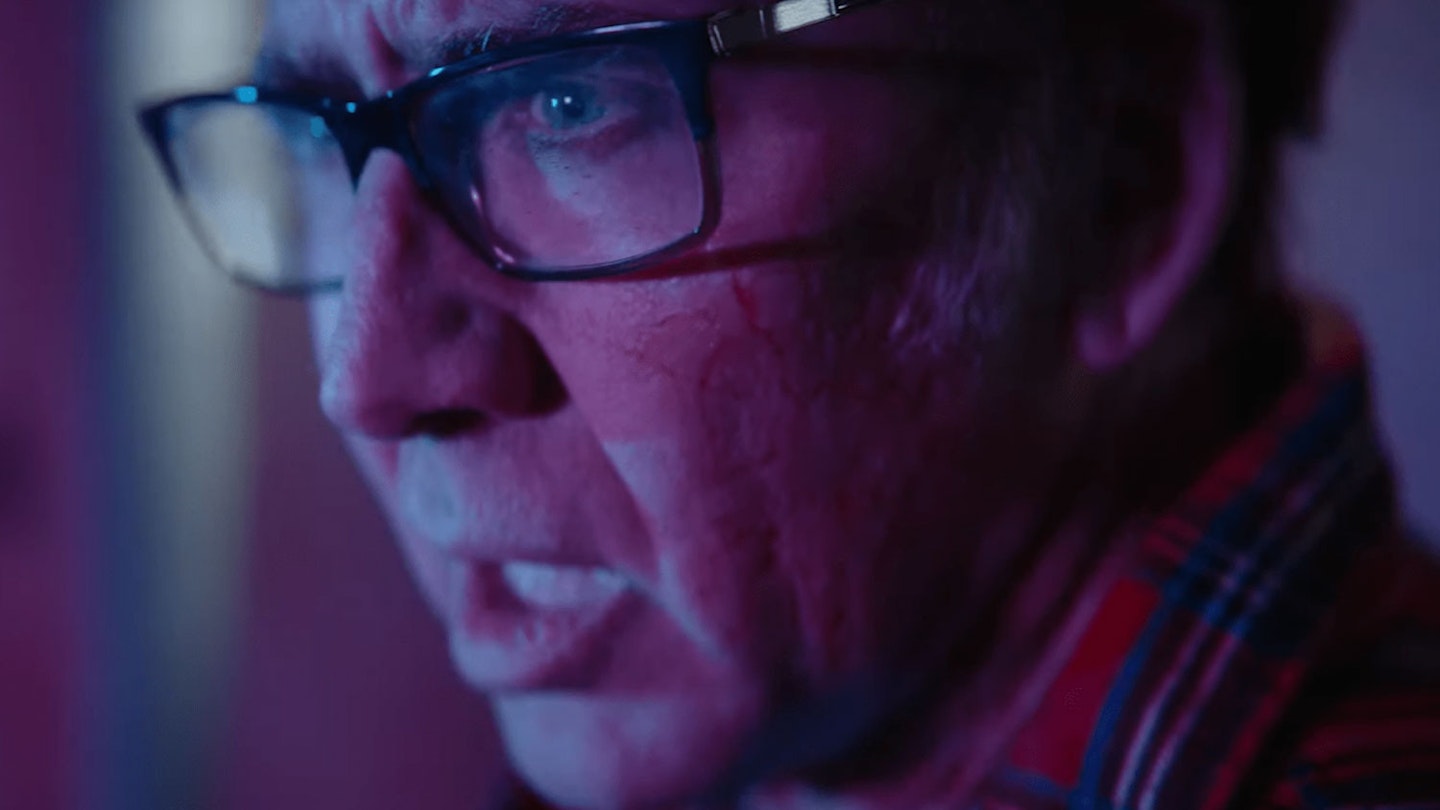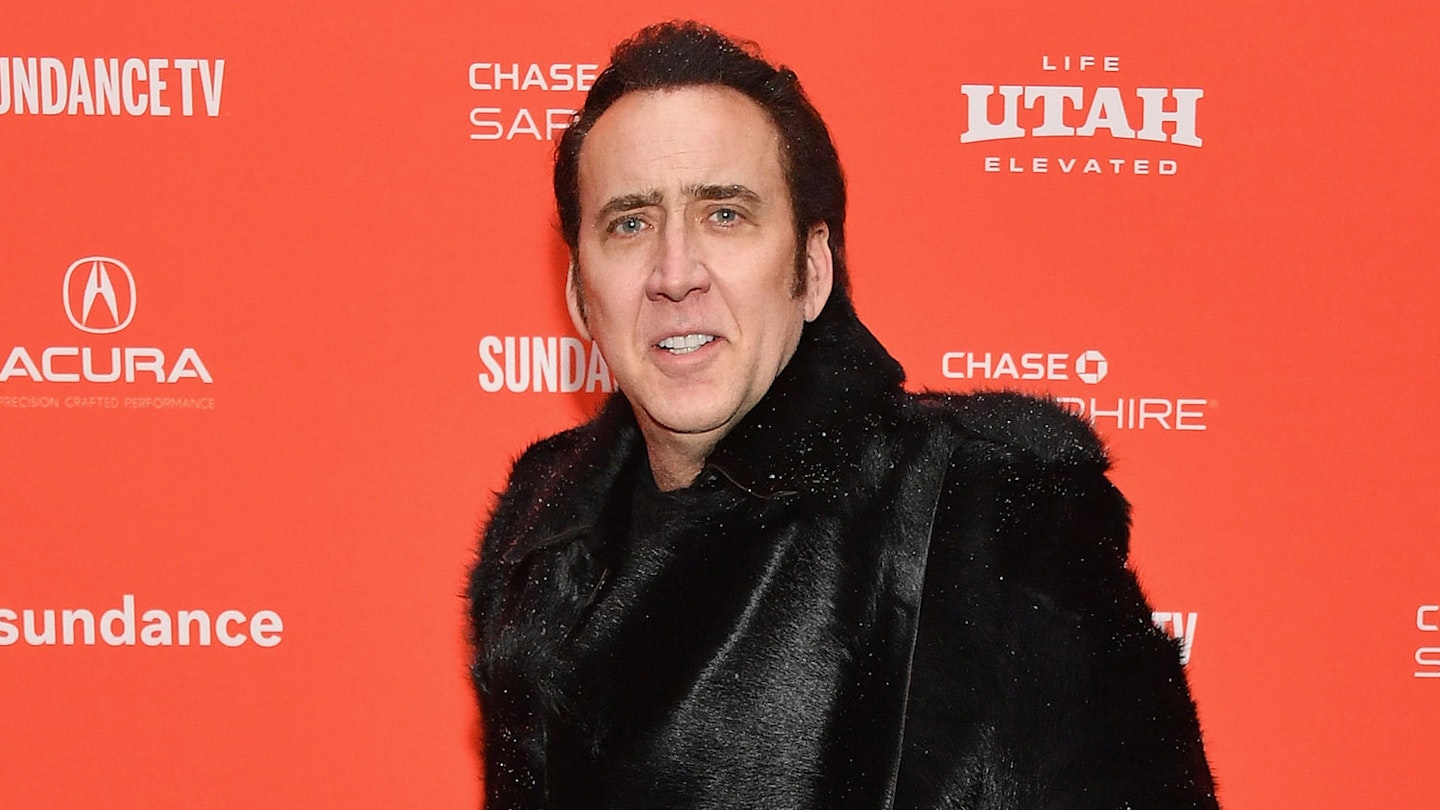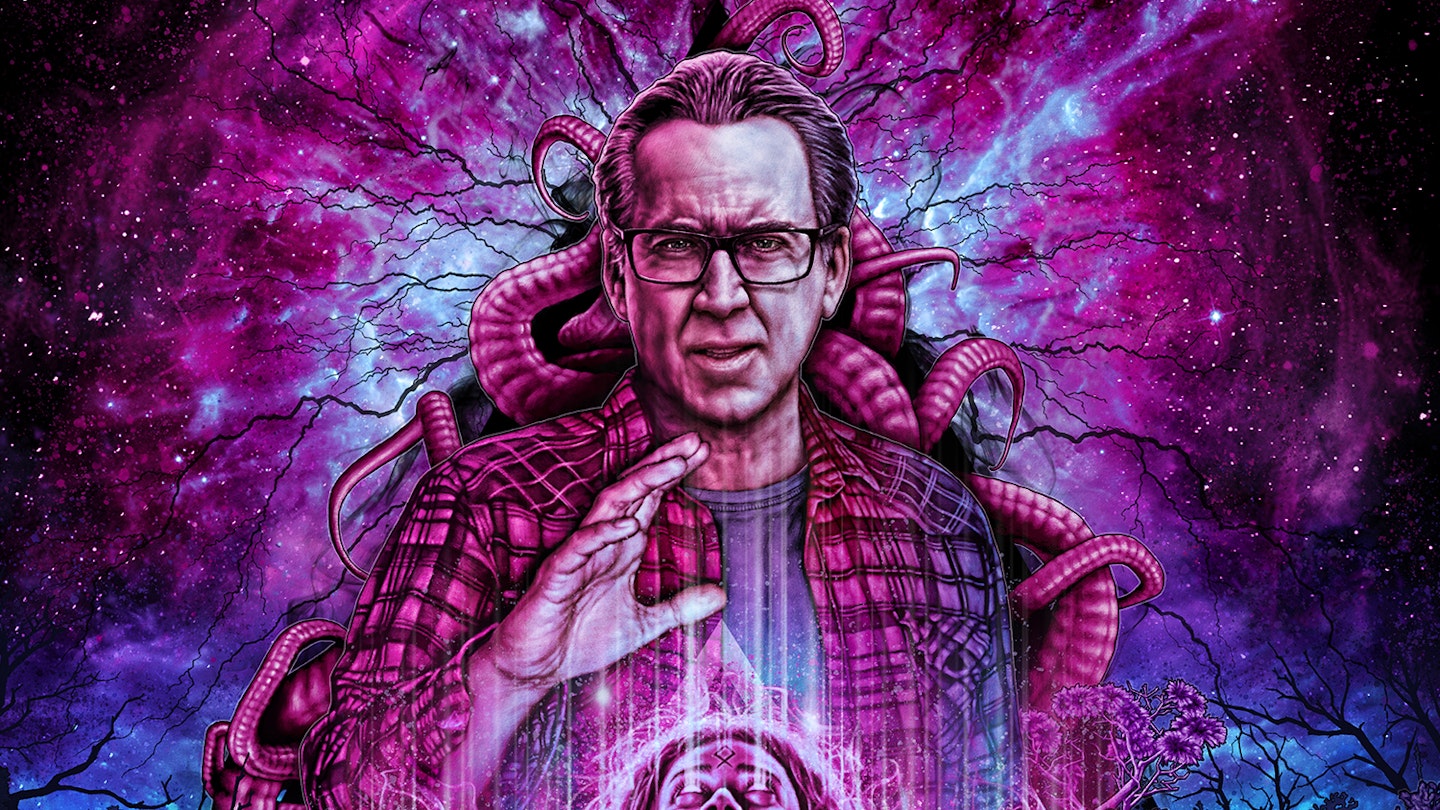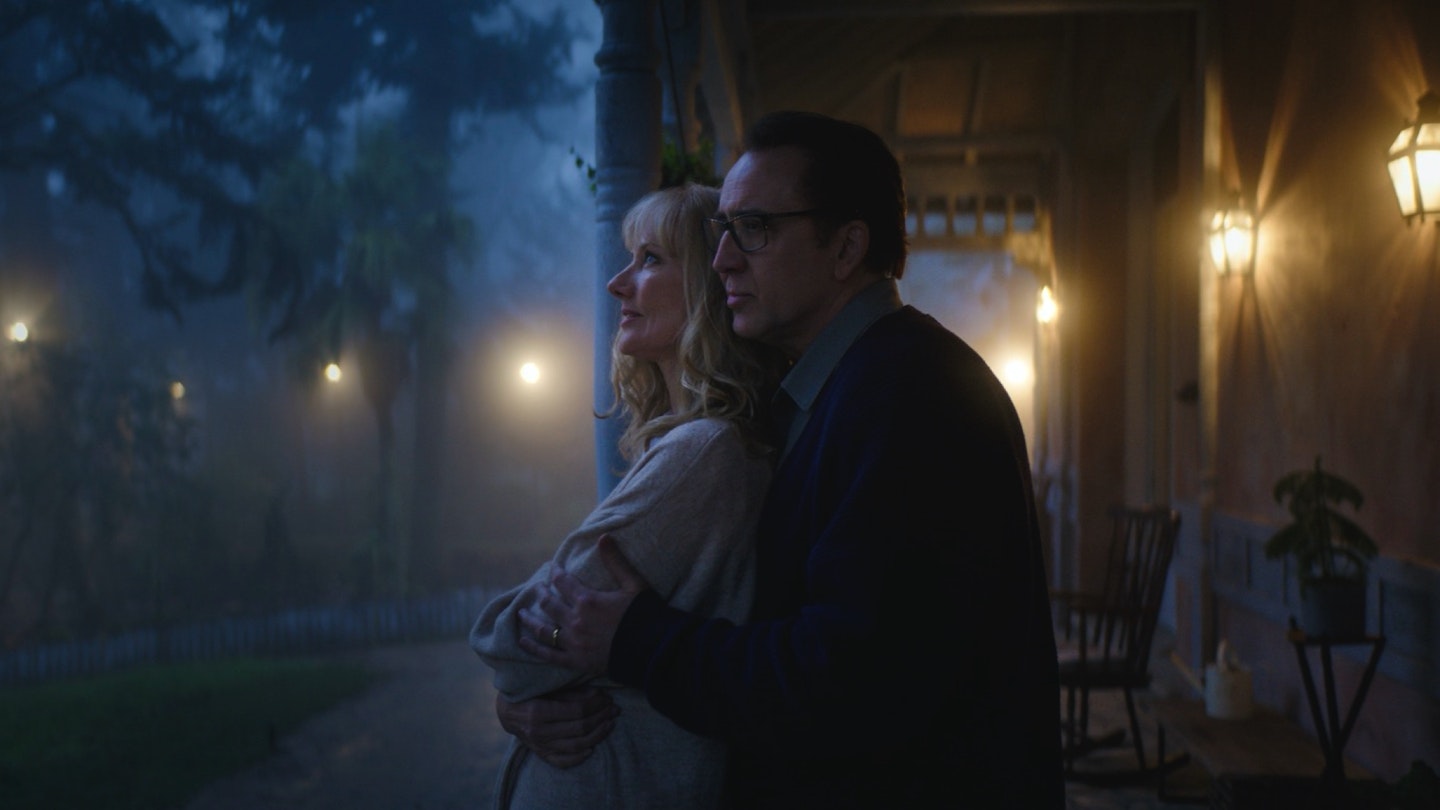Adapting the eldritch works of H.P. Lovecraft, the early 20th century writer who specialised in upsetting tales of cosmic horror, is no easy task. For one thing, you’ve got the job of bringing to the screen sights and sounds which Lovecraft himself claimed were impossible to imagine. “Quite beyond the power of words to classify,” he summarised, unhelpfully, of sinister paintings in Pickman’s Model. In 1927 short story The Color Out Of Space, meanwhile, he memorably says of a woodchuck: “Its face had taken on an expression which no-one ever saw in a woodchuck before.” The mind boggles.

There have been loose adaptations of the latter in the 93 years since its publication, and now arrives another. It takes someone as brave as Richard Stanley, the filmmaker who infamously wrangled H.G. Wells’ The Island Of Dr. Moreau onto celluloid in the ’90s, to tackle such a task. And it’s a valiant effort, though surely destined to send many running from the cinema. Color Out Of Space is full-strength stuff, even if it perhaps inevitably loses something in firming up the novelist’s abstract notions. That titular colour, never-before-seen on Earth and capable of draining people’s sanity, on screen turns out to be a rather lovely shade of pink.
There’s not a huge amount of plot, as such, just an intensifying sense of dread, as the light shows get ever trippier and Stanley conjures some truly repulsive sights.
It’s essentially the tale of a family subjected to an intense alien force that makes them go cuckoo. But even in the early stages of the story, when all is meant to be fine, Stanley can’t resist piling on the weirdness. The patriarch is an alpaca farmer, who enjoys drinking milk warm from the teat. He’s also played by Nicolas Cage. “The animal of the future!” he drawls early on, hardly a textbook man of the land. Tommy Chong plays the family’s “squire”, a whacked-out stoner with a cat named G Spot. The daughter, meanwhile, is a witch, introduced mid-ritual; this fact has no bearing whatsoever on later events. The sum effect of all of this is to make the subsequent craziness, after the meteor actually hits, less impactful.
That said, there’s plenty here for horror hounds to enjoy. There’s not a huge amount of plot, as such, just an intensifying sense of dread, as the light shows get ever trippier and Stanley conjures some truly repulsive sights. It would be wrong to ruin these, but suffice to say that fans of slimy body horror, nightmarish dragonflies and mutant tomatoes will leave feeling sated. Frankly, the pile-up of terrors becomes exhausting before the end — the narrative deliberately devolves into chaos, with the neon fog seemingly infecting even the film’s script — but one has to hand it to Stanley for managing to get such a pure vision of bedlam onto the screen. Whatever is said about Color Out Of Space, nobody can accuse it of being a watered-down stab at Lovecraft — even without a terrifying woodchuck.







